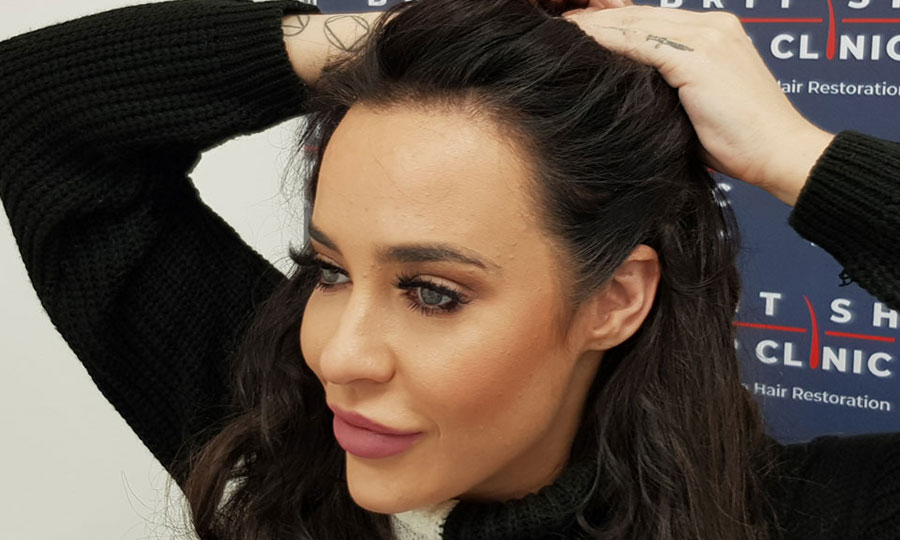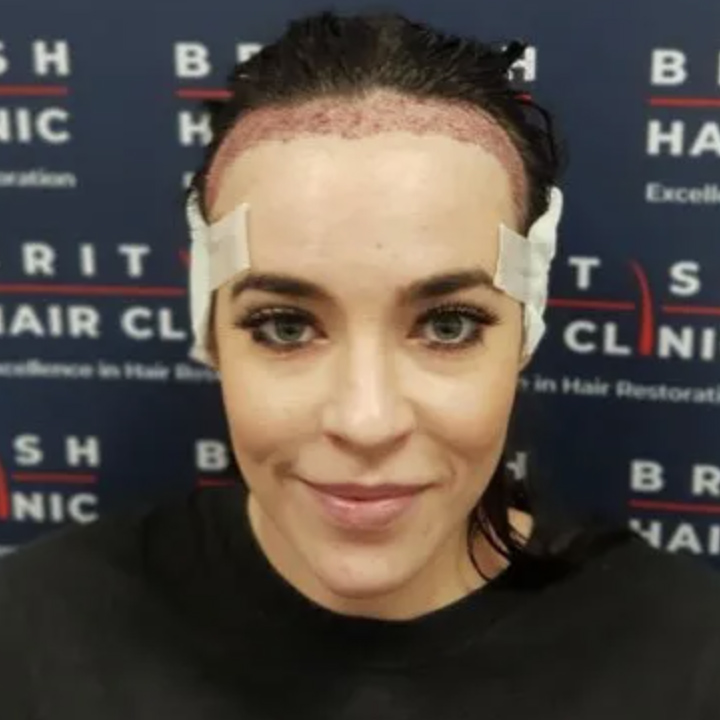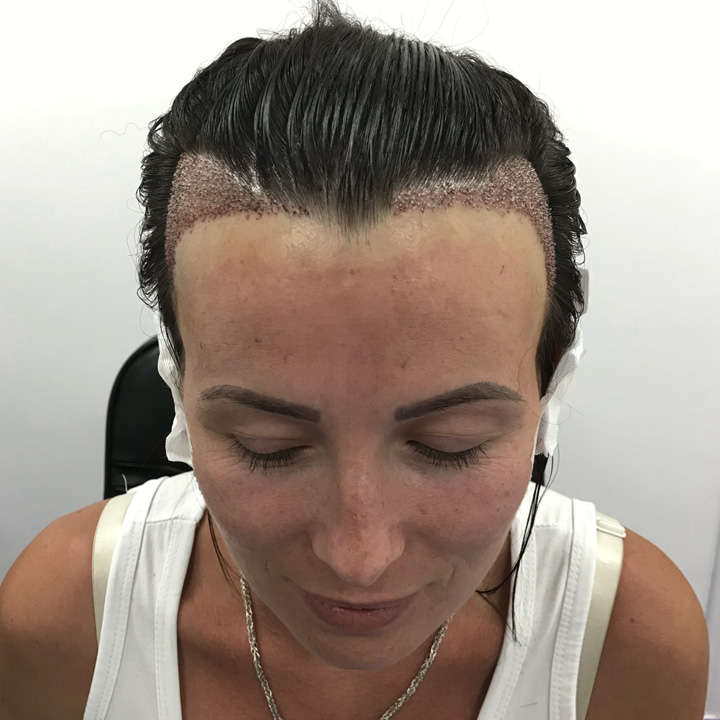Can Women Get a Hair Transplant Without Shaving Their Head?

Many women considering a hair transplant worry about one thing – do I have to shave my head? The good news is you don’t! Thanks to techniques like the unshaven FUE, women can get a hair transplant without shaving their heads. Keep reading to learn how it works, who qualifies and what you can expect, which will help you make an informed decision about hair restoration.
Yes! Women can get a hair transplant without shaving their heads. It’s called a U-FUE, short for unshaven follicular unit extraction. Instead of shaving large sections of the scalp, the surgeon will take individual hair follicles from a trimmed area, usually at the back of the head, where the surrounding hair easily covers it.
The area where the new hair is grafted stays unshaven too, which is great if you want to keep your current hairstyle during recovery. This approach lets you have a hair transplant with very little changes to your appearance, making the whole experience private and comfortable.
Remember that this method can take a bit longer than traditional hair transplants because it requires more precision and care.
How Does a No-Shave Hair Transplant Work?
A no-shave hair transplant uses a discreet method called follicular unit extraction, which means shaving large areas of your head is unnecessary. Here’s how it works:
- Donor area – During your hair transplant operation, the surgeon will cut a small section of hair in the donor area from the back or sides of the head. This trimmed area is carefully hidden under your longer hair, so it’s not visible after the procedure.
- Follicle extraction – The surgeon removes individual hair follicles using a precision toos.. This allows the surgeon to provide extra care when working around the unshaved hair, ensuring minimal disruption to your overall look.
- Transplanting the follicles – The extracted follicles are then implanted into the thinning or balding areas of your scalp. The area receiving the donor hair also remains unshaven, allowing you to keep your existing hairstyle while the new hair takes root.


Who Is a Good Candidate for a U-FUE Hair Transplant?
Not everyone qualifies for a no-shave hair transplant. Whether you’re male or female, if the idea of keeping your hairstyle intact during recovery appeals to you, here are a few things to ask yourself:
Is your hair loss moderate?
Men or women with mild to moderate thinning (rather than large areas of baldness) are generally the best candidates, allowing the surgeon to work on smaller, more targeted areas
How long is your hair?
If your hair is long enough to cover the trimmed donor area, that’s an advantage. The longer surrounding hair helps conceal the small section of trimmed hair used for follicle extraction, making the procedure more discreet.
What about your donor hair?
The health and thickness of your donor hair matters. Strong hair in the donor area is vital for a successful transplant. If your hair is in good condition, you’re likely a good candidate.
Want to keep your recovery private?
If you’re concerned about visible signs of surgery or just don’t want to shave your head, the unshaved method provides a more private, low-impact recovery. It’s an excellent option for women who want to maintain their everyday look.
Is your hair loss moderate?
Men or women with mild to moderate thinning (rather than large areas of baldness) are generally the best candidates, allowing the surgeon to work on smaller, more targeted areas without extensive shaving.
What Are the Advantages of a No-Shave Hair Transplant?
An unshaven follicular unit extraction hair transplant offers women an ultra-discreet, effective solution to hair loss without the need for drastic changes. If you’re looking to restore your hair while maintaining your appearance throughout the process, this method is definitely worth considering. Consult a specialist to see if it’s the right option for you. Here are some advantages:
- No drastic change to appearance
- Preserves hair length
- Discreet recovery
- Minimal downtime
- Comfortable healing process
- Custom technique
- Low impact on social and professional life
- Gradual, natural results